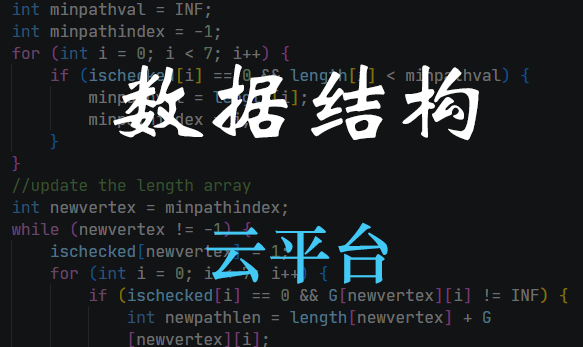1
2
3
4
5
6
7
8
9
10
11
12
13
14
15
16
17
18
19
20
21
22
23
24
25
26
27
28
29
30
31
32
33
34
35
36
37
38
39
40
41
42
43
44
45
46
47
48
49
50
51
52
53
54
55
56
57
58
59
60
61
62
63
64
65
66
67
68
69
70
71
72
73
74
75
76
77
78
79
80
81
| #include <stdio.h>
void swap(int *a, int *b) {
int temp = *a;
*a = *b;
*b = temp;
}
void printarr(int arr[], int n) {
for (int i = 0; i < n; i++) {
printf("%d,", arr[i]);
}
printf("\n");
}
int getpivot(int arr[], int left, int right) {
if (right - left < 2) {
return arr[left];
}
int mid = (left + right) / 2;
if (arr[left] > arr[mid]) {
swap(&arr[left], &arr[mid]);
}
if (arr[left] > arr[right]) {
swap(&arr[left], &arr[right]);
}
if (arr[mid] > arr[right]) {
swap(&arr[mid], &arr[right]);
}
swap(&arr[mid], &arr[right - 1]);
return arr[right - 1];
}
int partition(int arr[], int left, int right) {
int pivot = getpivot(arr, left, right);
int i = left;
int j = right - 1;
while (1) {
while (arr[++i] < pivot) {}
while (arr[--j] > pivot) {}
if (i < j) {
swap(&arr[i], &arr[j]);
}
else {
break;
}
}
printf("i = %d, j = %d, pivotval = %d\n", arr[i], arr[j], pivot);
swap(&arr[i], &arr[right - 1]);
return i;
}
void quicksort(int arr[], int left, int right) {
if (left + 3 < right) {
int pivotidx = partition(arr, left, right);
quicksort(arr, left, pivotidx - 1);
quicksort(arr, pivotidx + 1, right);
}
else {
for (int i = left + 1; i <= right; i++) {
int temp = arr[i];
int j = i;
for (; j > left && arr[j - 1] > temp; j--) {
arr[j] = arr[j - 1];
}
arr[j] = temp;
}
}
}
int main() {
int arr[10] = {20, 38, 24, 23, 26, 32, 21, 29, 38, 28};
quicksort(arr, 0, 9);
printarr(arr, 10);
return 0;
}
|





